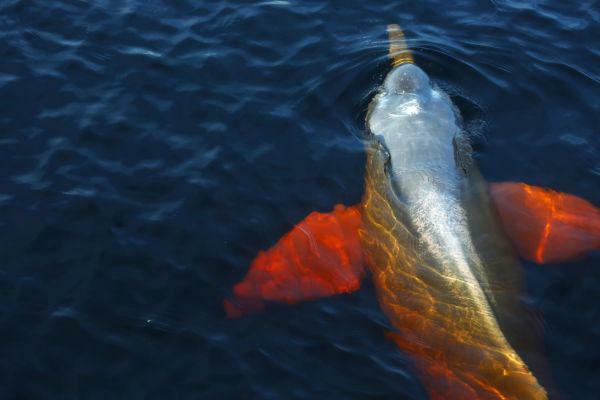It is common to see, both on the internet and on television, images referring to the drought in the Northeast, with records of few rains throughout the year and, at certain times, of long periods of drought. Despite these unfavorable conditions, the Northeast is one of the semi-arid regions with the highest density population of the planet, something that is directly linked to the colonization process, which occurred first in that region.
Therefore, some doubts emerge in this context: why is the Northeast so dry? Is this the cause of poverty in the region?
First, it is important to clarify that it is not the entire Northeast region that suffers from the problems climate related to lack of water, but the region called Polígono das Secas (see map bellow). In addition, public and private entities, in a way, “exaggerate” in relation to the size of the area with excessive aridity, in order to increase the collection through public funds. There is, therefore, a lot of imprecise information available about the actual physical and geographic conditions of the drought in the Northeast, as Aziz Ab’Sáber¹ had already warned.

The drought polygon covers part of the Northeast and the north of Minas Gerais
About the causes of drought in the region, there are some main reasons: firstly, the interplanaltic relief (ie, depressions located between plateaus) disfavors the circulation of humid air masses, causing the lack of rain. Furthermore, it is a region of equatorial latitudes, with greater incidence of sunlight and, therefore, with higher temperatures. Added to this is the fact that the region – unlike the Amazon, for example – does not present a large amount of flowing rivers that would favor evaporation with the consequent precipitation at level local. In fact, most rivers are intermittent or seasonal, meaning they dry up at certain times. The great exception, in this case, is the São Francisco River, the region's main water resource.
Despite its equatorial geographic position, the region's climate is marked by its tropical type, with two well-defined seasons: a dry winter and a moderately rainy one. The latter is eventually interrupted or intensified due to weather phenomena such as El Niño, which causes long periods of drought, and La Niña, which causes periods of rain and even flooding of some cities.
Do not stop now... There's more after the advertising ;)
Another factor that causes the drought in the Northeast is the little strength that some masses of humid air have. The air masses of the Atlantic Ocean, in general, only reach the northeastern coast, where most of the rains occur (and where the presence of the Atlantic Forest is registered). On the other hand, to the west, the humid air masses coming from the Amazon are also unable to fully reach the region, reaching only to the west of Maranhão.
Despite this series of natural climatic events that seem to conspire to characterize the aridity of the northeastern region, the main reason for the droughts is undoubtedly political. Many authors use the expression drought industry to refer to this issue, this is because only the climatic factors are not enough to explain the misery in which the population lives. Currently, in arid regions of the United States and, mainly, Israel, advanced technological solutions have been developed to solve problems of availability of water resources.
Thus, a lot of money was destined for the region, enough to implement advanced irrigation and water distribution projects, but a good part of the money was diverted and most of the irrigation systems were destined to large latifundios (generally associated with big politicians in the region) that prioritize the export.
Thus, in the opinion of many critics², the drought industry works as follows: improvements are promised to the population and charities are offered (such as food baskets) in exchange for votes. Once elected, politicians act to serve the interests of large landowners, who generally finance their campaigns. Finally, the media exaggerates the problem of drought in order to raise more resources that are rarely well used for the benefit of the local population. Despite this, this reality has been slowly changing in recent years.
Therefore, to better summarize, we can attribute the issue of drought in the Northeast to three main factors: natural (physical and climatic), historical (heritage from colonization) and political (related to the industry of dry).
_____________________________
¹ AB’SÁBER, A. No. Sertões and Sertanejos: a suffering human geography. Advanced Studies, 13(36), p.07-59, 1999. Available in: http://www.scielo.br/pdf/ea/v13n36/v13n36a02.pdf
² BURSZTYN, M. the power of owners: planning and clientelism in the northeast. 2nd ed. Petrópolis: Voices, 1985.
By Rodolfo Alves Pena
Graduated in Geography


